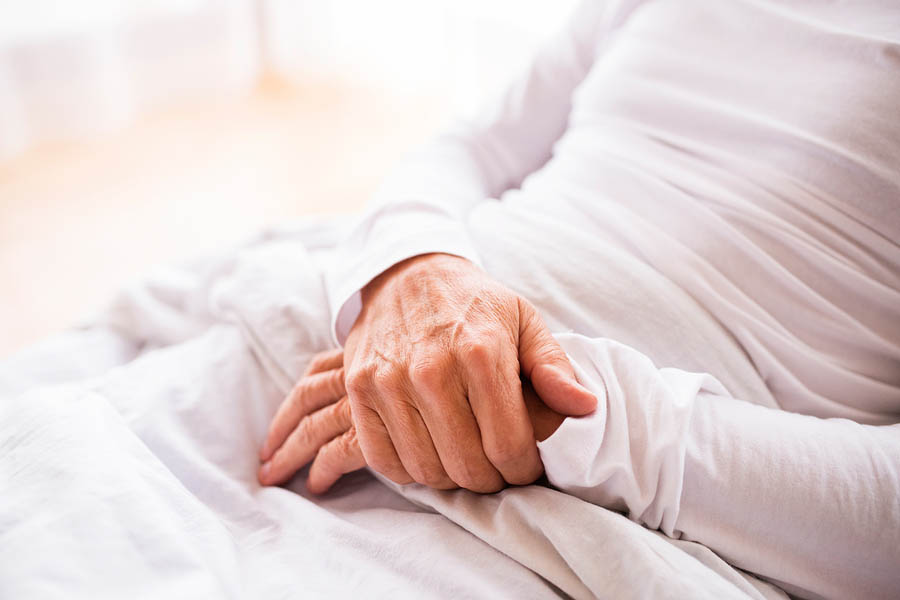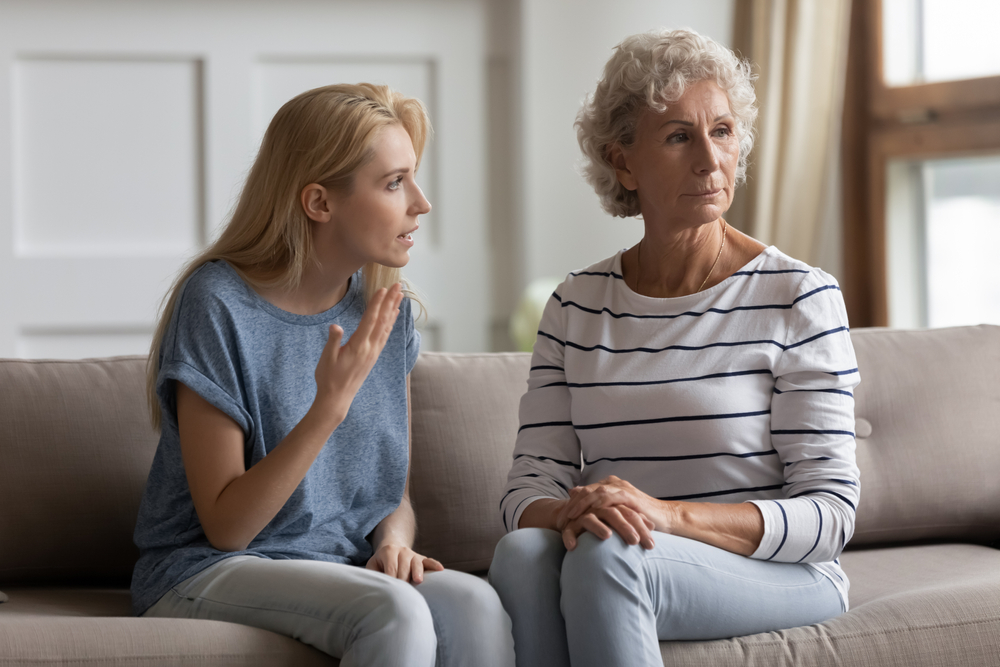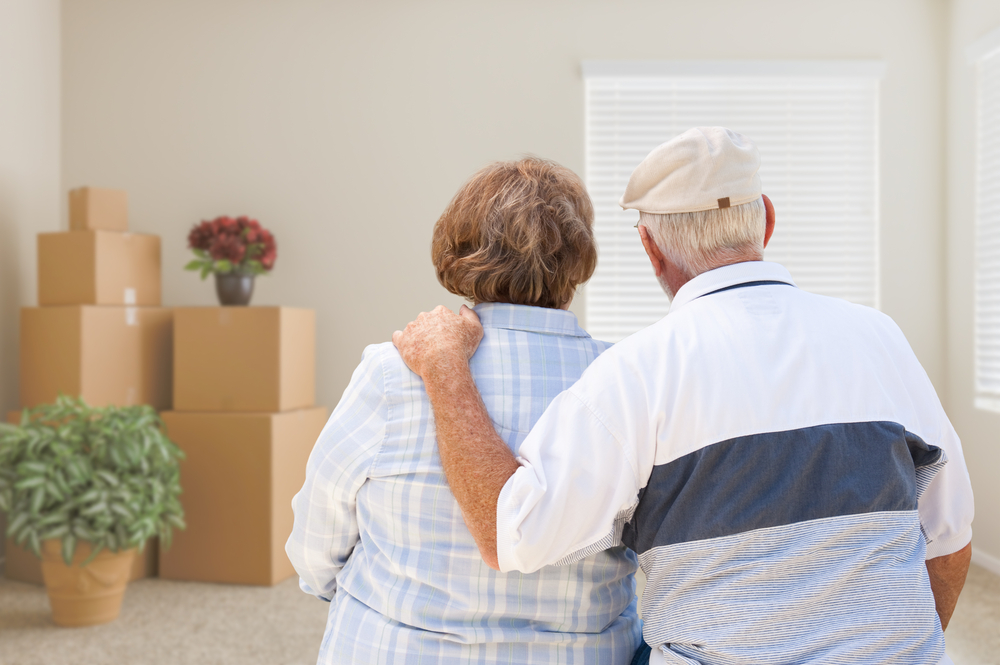Caring for Bedridden Elderly Adults at Home

When a loved one is confined to a bed, they will need assistance with everyday activities. In this post, we will go over how to care for a bedridden patient.
Bedridden Patient Care at a Glance
In this section, we will go over how to take care of a bedridden patient in simple terms before diving deeper. Bedridden caregiving involves several aspects of life that you might take for granted, such as hygiene. Here are some things you should look out for.
- Ensure good hygiene
- Bedridden elderly people may need help with bathing and dental care. Additionally, trimmed nails and groomed hair will ensure the patient will not inadvertently scratch themselves and minimize infestations of lice, bedbugs, and other parasites.
- Hygienic bedridden care will also boost the patient’s self-esteem.
- Promote good nutrition
-
- Speak to the patient’s medical provider or a dietitian to ensure they have a well-balanced diet. Record their eating habits for reference when speaking with a practitioner in case anything unusual occurs after eating certain foods.
- Cater to their nutritional needs. Some may want smaller snacks throughout the day rather than larger meals. Additionally, keep water and non-sugary drinks on hand for them to sip throughout the day.
-
- Keep them entertained and comfortable
- Home care for bedridden patients isn’t all about bathing and feeding. You will also want to make sure they have entertainment on hand. Provide a television with a remote as well as books, magazines, and newspapers on a nearby nightstand for easy access.
- Air out the room regularly and ensure their bed linens are changed and cleaned when needed.
Preventing Bedsores
Bedridden patient care at home involves caring for injuries to skin and underlying tissues resulting from sitting or lying in one position for too long. These injuries, called bedsores or pressure sores, involve making sure the patient is positioned differently every few hours. In the worst case scenario, these sores can become infected and result in complications and a shortened life.
Here are some tips to easily prevent bedsores:
- If the bedridden patient is able to move on their own, encourage them to reposition themselves into sitting positions or to engage in minor exercises.
- Ask a medical practitioner about the best ways to reposition a patient without causing bodily harm.
- Keep skin clean and dry.
- Place pillows between areas of the body that often press against each other, such as the knees and ankles.
- Frequently check areas where bedsores often appear such as ankles, heels, hips, and tailbone.
Changing Diapers
Changing diapers is a common responsibility when caring for bedridden elderly at home. When changing, be sure to wear disposable medical gloves and have a clean diaper, a plastic grocery bag, pre-moistened wipes, and diaper rash cream on hand.
Here, we will provide step-by-step instructions:
- If the patient is wearing pants, remove them completely rather than rolling them to their ankles.
- Roll the patient onto their side and peek inside the diaper for urine and bowel movements.
- Undo the diaper’s sides, open it, and fold it down to contain the soiled area.
- Use wipes to clean the area and apply ointment if needed. You will need to lift their legs to reach all of the areas.
- Roll the patient on the opposite side and remove the diaper.
- Lay an open, clean diaper behind the patient to allow them to easily roll into it.
- Roll the patient into the diaper.
- Pull up the front of the diaper through their legs and attach the front and sides.
- Dispose of the diaper and wipes in a plastic grocery bag, seal and dispose of properly.
Subscribe
Date: December 27, 2018


